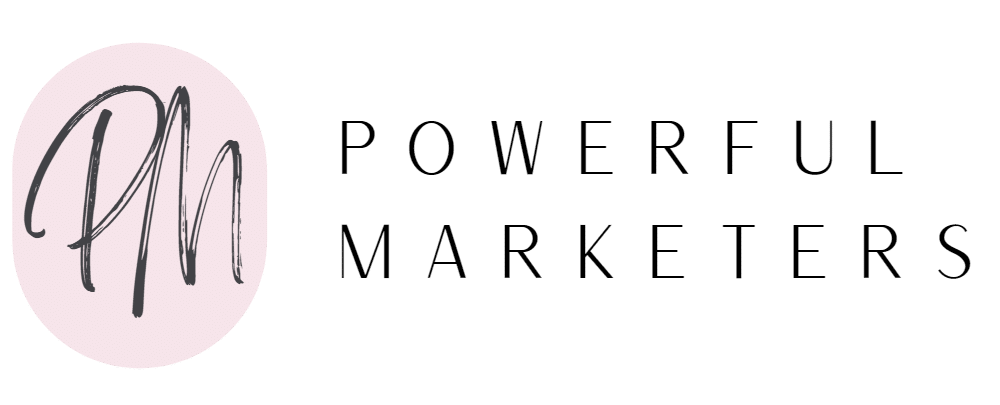Understanding and engaging clients is crucial for the success of any business. It involves building strong relationships with clients and prospects, fostering loyalty, and turning potential clients into long-term partners. By understanding what makes people tick and using effective communication strategies, businesses can overcome challenges in client engagement and improve productivity. In this podcast episode, Mari-Liis Vaher from Powerful Marketers interviews Alan Stevens, an international profiling and communication specialist. His expertise in human pattern recognition has made him a sought-after specialist, regularly featured in national television, radio, and the world's press.
Here are the key takeaways from the episode:
The skill to read people can be trained
In the episode, Steven compares reading people to building muscles. If we stop exercising, our muscles atrophy. Similarly, if we stop practicing reading people, the skill diminishes. The good news is that it is possible to regain this skill through practice and awareness. To start practicing reading people again, individuals must begin by knowing themselves and understanding their own personality. By recognizing where they fit on the world scale and understanding their own preferences in communication, they can better connect with others. It is important to use the right words and adjust your communication style to meet the needs of the other person. This requires an understanding of both the other person's personality and your own ability to adapt.
What your facial features tell about your personality
One interesting aspect that Stevens highlights is the role of facial features in understanding personality. He explains that the crevices and ridges on our faces are a result of the expressions we repeatedly make. These expressions create and develop different muscles, which in turn become a roadmap of how we like to think and process information. While facial features do not reveal specific thoughts or emotions, they provide insights into our thinking and processing preferences. This knowledge can be used as a foundation for understanding and connecting with others.
Facial expressions reveal true emotions
The face has 43 muscles that can create thousands of different expressions.The most important universal of those are anger, contempt, disgust, happiness, sadness, fear, and surprise. By looking for these expressions and assessing whether they match the context of a situation, it is possible to gain insight into the truthfulness of someone's words or actions.
How human recognition applies to business relationships
By understanding and reading body language and expressions, employers can quickly assess an employee's character and personality. This knowledge can be used to create a positive and respectful work environment, removing bullying and allowing employees to thrive. Employers can also trust that their staff will continue to work diligently and even come up with new ways to improve the business, even in their absence.
In the context of marketing, human recognition is essential for building relationships with clients. By asking the right questions and addressing their concerns and preferences, businesses can demonstrate that they genuinely care about their clients' needs and are committed to providing solutions that meet those needs.This allows businesses to adjust their communication style and approach accordingly, ensuring that the client feels heard and understood. Different clients may have different preferences and priorities when it comes to making decisions. Some clients may prefer a detailed and comprehensive overview, while others may prefer a more concise and summarized approach.
Ultimately, adapting communication for better connections requires self-awareness, empathy, and open-mindedness. It requires businesses to step outside their own perspective and truly listen to their clients. By doing so, they can gain a deeper understanding of their clients' needs, wants, and motivations, and tailor their communication to effectively address them.
Quotes:
- "Your facial features tell us everything about your personality." (00:06:50)
- "Well, I'm talking about personality, how somebody likes to think and process, not what they're thinking and processing." (00:19:20)
- "Because if we don't connect with them, like tune our transmitter into their receiver, the other person's not comfortable." (00:22:23)
- "Yes, if I can read the person, I know how to talk to them the best way, I can really connect with them, I can therefore find out more about what they really need and what they really want, and then I can then show that I've got a service that will provide that, removing their worry, removing their stress, saving them time, saving them money or making them money, and giving the emotional feelings that they want. And the person goes, well, I might be paying $10,000 for something, but I'm making five, 10 times that amount in the return." (00:29:47)
- “If I talk about you to other people, 80% of people will listen to me. If you talk about yourself to the same people, the statistics show that about 7% will listen to you. That's why advertising doesn't work really well because they haven't got to know and like you at that point.” (00:32:33)
- “No, you put your staff first. You treat them in a way in which they feel that they belong, they contribute, they're valued, because everybody needs that to be productive. And then they will be the ones who actually deal with your customers. So when you put your staff first, you're actually putting your customers first.” (00:33:33)
Timestamps:
- [00:04:26] Understanding Human Pattern Recognition
- [00:10:48] Live Demonstration of Profiling
- [00:20:39] Benefits of Profiling in Business and Marketing
- [00:34:08] Utilizing DISC Profiles in Conjunction with Face Profiling
Links:
Connect with Alan Stevens:
- Website: https://www.alanstevens.com.au
- LinkedIn: https://www.linkedin.com/in/readingfaces/
- Facebook: https://www.facebook.com/ReadingFaces/
PS! If you’d like to learn more about the topic, then you can find the link to Alan’s free course inside the Powerful Marketers Hub.
